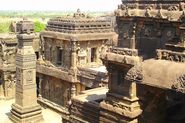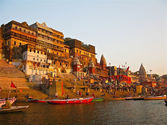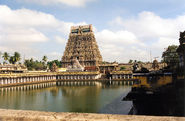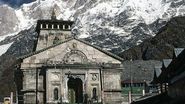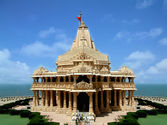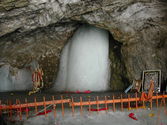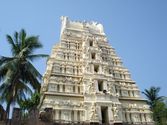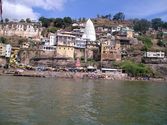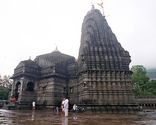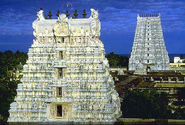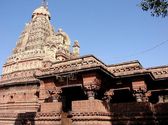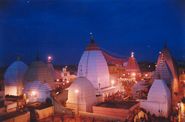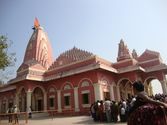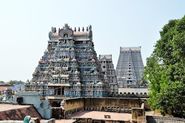One of the most oldest Architectural examples of Monolithic Architecture in India. The Kailasa temple is a famous rock cut monument, one of the 34 monasteries and temples known collectively as the Ellora Caves, extending over more than 2 km, that were dug side by side in the wall of a high basalt cliff in the complex located at Ellora, Maharashtra, India. Of these, the Kailasa is a remarkable example of Dravidian architecture on account of its striking proportion, elaborate workmanship, architectural content, and sculptural ornamentation of rock-cut architecture. The temple was commissioned and completed between dated 757-783 CE, when Krishna I ruled the Rashtrakuta dynasty. It is designed to recall Mount Kailash, the home of Lord Shiva.
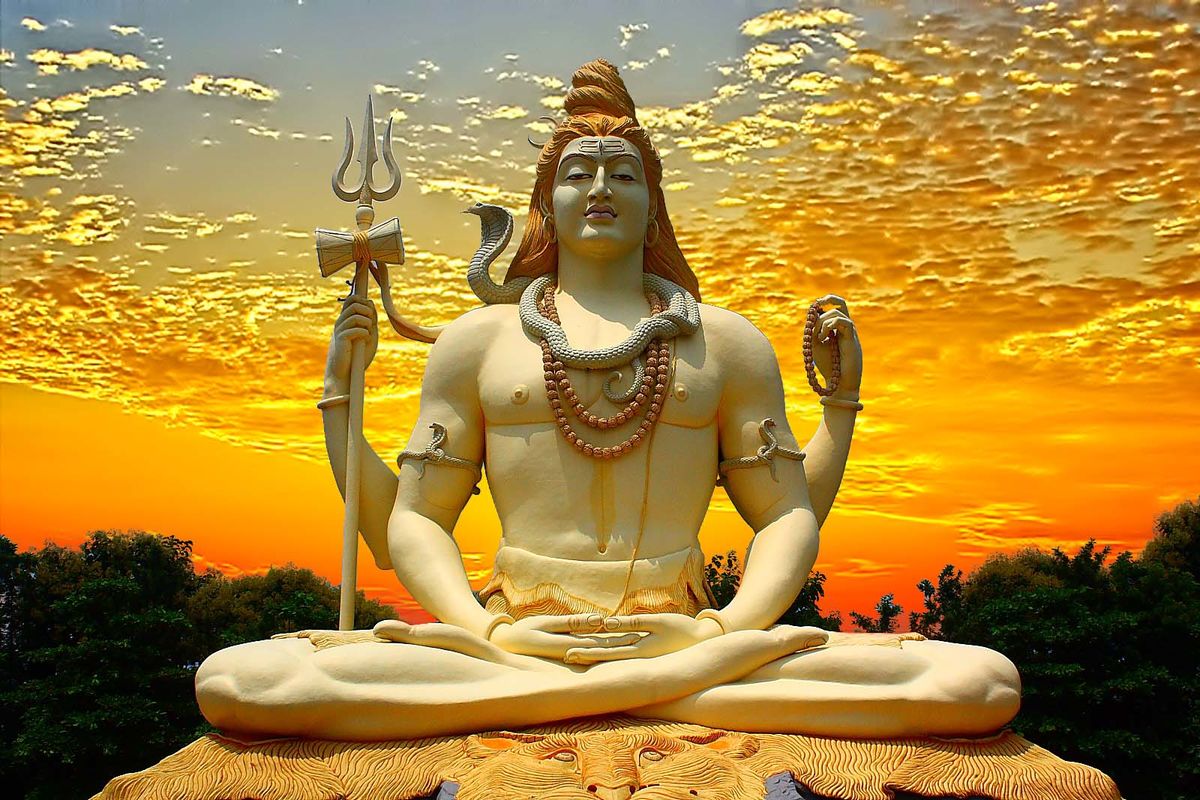

 Urvi Shah
Urvi Shah
